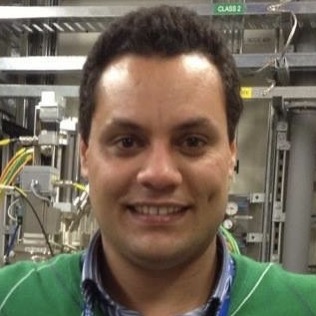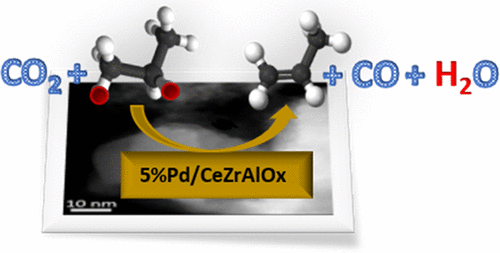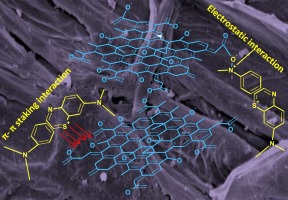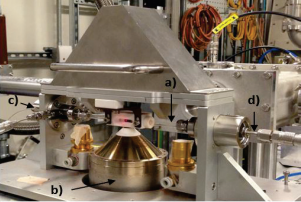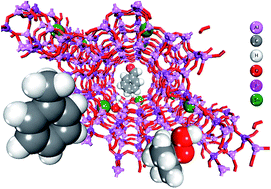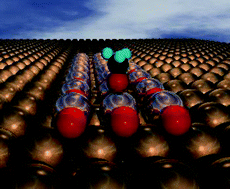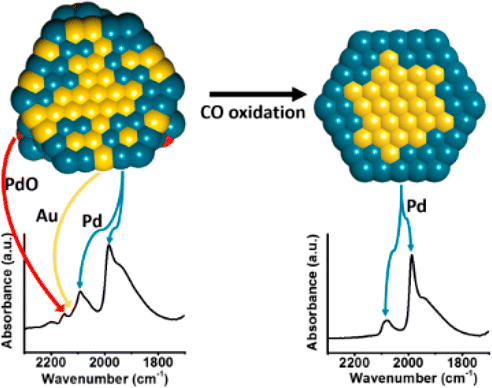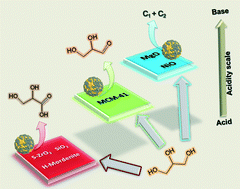A mixed oxide support containing Ce, Zr, and Al was synthesized using a physical grinding method and applied in the oxidative dehydrogenation of propane using CO2 as the oxidant. The activity of the support was compared with that of fully formulated catalysts containing palladium. The Pd/CeZrAlO_x_ material exhibited long-term stability and selectivity to propene (during continuous operation for 140 h), ...
Read more
